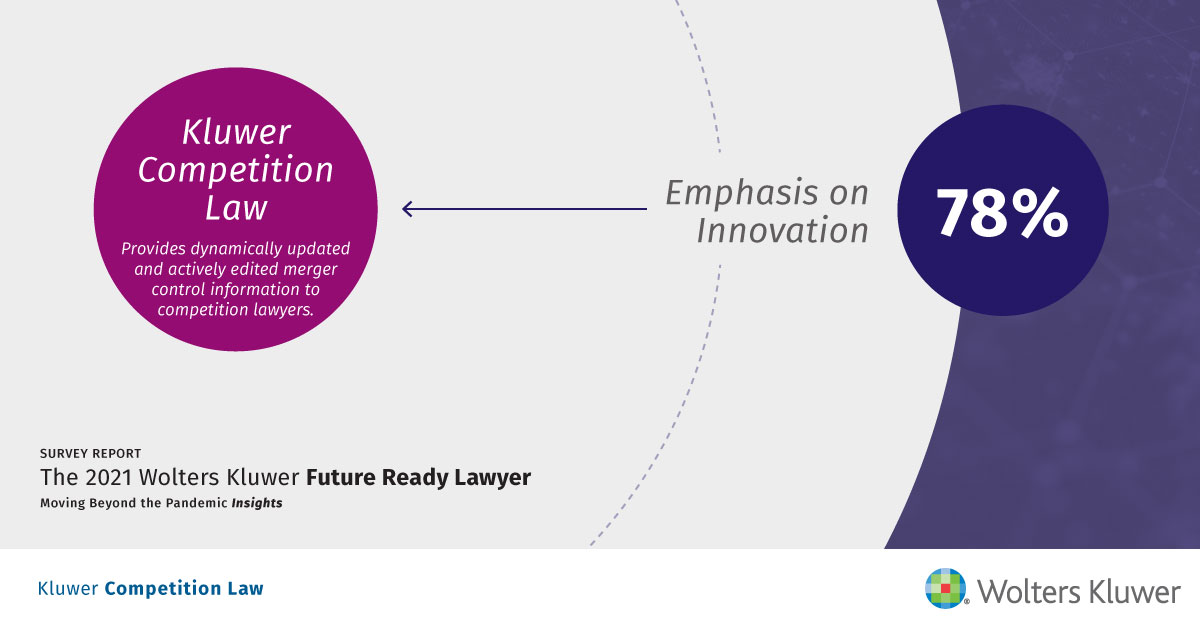EU Commission Expands Foreign Subsidies Guidance
The EU Foreign Subsidies Regultion
or FSR is designed to prevent or correct distortions in the EU internal market due to “foreign”, meaning non-EU, subsidies that benefit companies operating in the EU. The FSR draws on EU merger control, State aid and trade law, but it also introduces new legal concepts and procedures not fully explained in the regulation or the July 2023 implementing regulation
provides some useful indications. The FSR does not provide much guidance on how to determine whether foreign subsidies are distorting the internal markets. According to Article 4(1) FSR “a distortion in the Internal Market is deemed to be present when a foreign subvention is likely to improve the competitiveness of an undertaking on the Internal Market and, in doing so it actually or potentially affects the competition in the Internal market.” Article 5(1) FSR identifies the categories of foreign subsidy that are most likely to cause a distortion in the Internal market, as discussed further below. The Commission may also refer to “indicators” although the SWD notes they are not exhaustive or mandatory in every case. The FSR does NOT indicate how these factors are to be evaluated. It is not clear, for example, whether the Commission’s method of assessing market strength in order to comply with the EU Merger Regulation should be applied to the analysis a subsidized firm’s “situation” on the EU markets or sectors. Similarly, “sectors” concerned are presumably broader than relevant antitrust markets, but it is not clear how such sectors should be defined or what sectoral data may be required.
Concentrations
Under Article 19 FSR, the Commission assesses whether the internal market may be distorted by foreign subsidies through a notifiable concentration. The FSR does specify how to identify a distortion in the M&A context. However, the SWD explains in this context that foreign subsidies can distort internal market in two different ways. These foreign subsidies can include a direct grant or an unlimited state guarantee. They could also be a loan below market value. A guarantee that is unlimited can facilitate a merger by allowing the acquirer to get financing from public or commercial banks at a lower rate, allowing them to offer a higher price and improve the bidder’s ability to finance the transaction. According to the SWD’s perspective, subsidies given to the target or seller could also be relevant. The SWD does not give examples, but a buyer and target could potentially arrange for a subsidy to be paid to the target or seller to avoid detection.
Second, foreign subsidies may have a negative effect on competition in the internal market. A guarantee that is unlimited could distort the competition by improving the competitiveness of the merged entity, and thus negatively affect the competition in the internal markets. The assessment will still include distortions which may “materialize”, after the concentration is completed. The SWD does not discuss the timeframe for such an assessment, but the remedies offered in the Commission’s first in-depth FSR investigation of a notified concentration reportedly last for 10 years, suggesting that remedies may be required to address distortions materializing at least 10 years after a notified transaction.
Public procurement
In the public procurement context, Article 27 FSR provides that foreign subsidies that cause or risk causing a distortion in a public procurement procedure shall be understood as subsidies that enable an economic operator to submit a tender that is unduly advantageous in relation to the works, supplies or services concerned. The SWD clarifies that the Commission examines two separate factors.
First, whether the tender submitted by the subsidised economic operator is unduly advantageous in relation to the works, supplies or services concerned. Second, if there is a connection between the granting the subsidy and submitting the tender, i.e. whether the subsidy caused a distortion in the public procurement procedure, by allowing the undertaking to submit a bid that was unduly beneficial. The Commission will determine whether the tender is advantageous if it is found to be so. It will then consider other factors, not directly related to the subsidy, to determine if the advantage is undue. These include elements that are identified in EU public contracting rules as being able to justify “abnormally-low tenders”. The SWD does NOT discuss the potential differences between the FSR concept and the public procurement law concept. The Commission must demonstrate that the foreign subsidy enabled the economic operator, or likely enabled him, to submit the bid. When assessing the existence of distortions in the internal market, foreign subsidies covering a substantial part of the estimated value of a contract to be awarded are more likely to cause distortions. The Commission uses the “balancing test” introduced in Article 6 of the FSR to determine if a distortion of the internal markets is outweighed by the benefits. This is similar to the “efficiency defence” in the EUMR context. The balancing test proved controversial in the legislative debates before the FSR’s adoption, and the final text requires the Commission to adopt guidelines to clarify its application.[u]The SWD provides that the Commission will take into account whether and to what extent the foreign subsidies distorting the internal market under consideration have positive effects on the “development of the relevant subsidised economic activity on the internal market” and “in relation to the relevant policy objectives, in particular those of the Union”. Relevant policy objectives can include, for instance, environmental protection, social standards, or the promotion of research and development, including by reference to EU State aid rules (presumably including the EU’s General Block Exemption Regulation).
In “balancing” those positive effects, the Commission needs to weigh them against the distortion in the internal market caused by the foreign subsidies. The negative effects of foreign subsidies that are presumptively distorted under Article 5 FSR will be less likely to be outweighed by their positive effects. The SWD notes the Commission can rely on submissions from all relevant stakeholders even though the FSR procedures of the Commission do not explicitly contemplate a formal test of the market or a role for complaintants in FSR review. The application of the balancing test may lead to several outcomes. The balancing test can lead the Commission, second, to adjust the nature and scope any redressive actions or commitments in order to accommodate those positive effects while still ensuring the negative effects are fully redressed. Third, the Commission can conclude that foreign subsidies have no, or only minor, relevant positive effects. The application of the balancing test cannot lead to a less favourable outcome than if the balancing test had not been applied.
Conclusion
The SWD is a close explication of certain FSR provisions relating to the “distortion of the internal market” test and the FSR’s balancing test, but it does not elaborate on the Commission’s enforcement policy, and it has unfortunate omissions. The SWD, for example, does not discuss how the “indicators” in Article 4(1) of distortion are assessed under other EU law frameworks such as the EUMR. Similarly, except for unlimited guarantees, the SWD does not discuss presumptively distortive foreign subsidies under Article 5(1) FSR.
Nonetheless, the SWD offers some helpful clarifications regarding the assessment of distortions of the internal market. In the context of corporate groups, the explanation that foreign subsidies granted to non-EU sisters will likely only be found distortive if the Commission is able to show that the group used those subsidies to cross-subsidize the activities of its EU subsidiaries will help sharpen FSR notification. The SWD’s division of distortions in the context of concentration into distortions arising from the acquisition process and distortions resulting from pre-concentration subsidies that “materialize”, after the concentration, will also sharpen the arguments made by the parties notifying. This distinction may, however, raise more questions than they answer. How can the Commission prove a causal relationship between a preconcentration subsidy, and the distortions that resulted after the concentration (except for the rare case of a guarantee that is unlimited and extends to the merged company)? The SWD is a welcomed addition to the Commission’s FSR guidance. It leaves many questions unanswered, and raises new questions that will be addressed by the Commission through its enforcement practice over the next few months and years.




